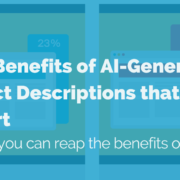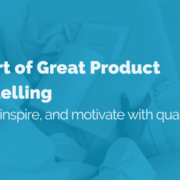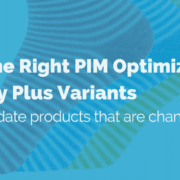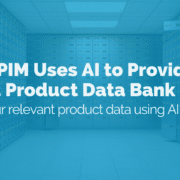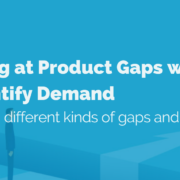The Pimberly Way Part 2: Data Migration
Historically a long and complex task, Pimberly’s layered approach to data migration can quickly identify, diagnose and solve any issues that arise in your data model, and avoid the pitfalls of traditional systems.
Data migration is vital to the success of PIM implementation. The approach of legacy systems would see people creating an entire data model, and trying to push all of their product data into it not the most effective route forward.
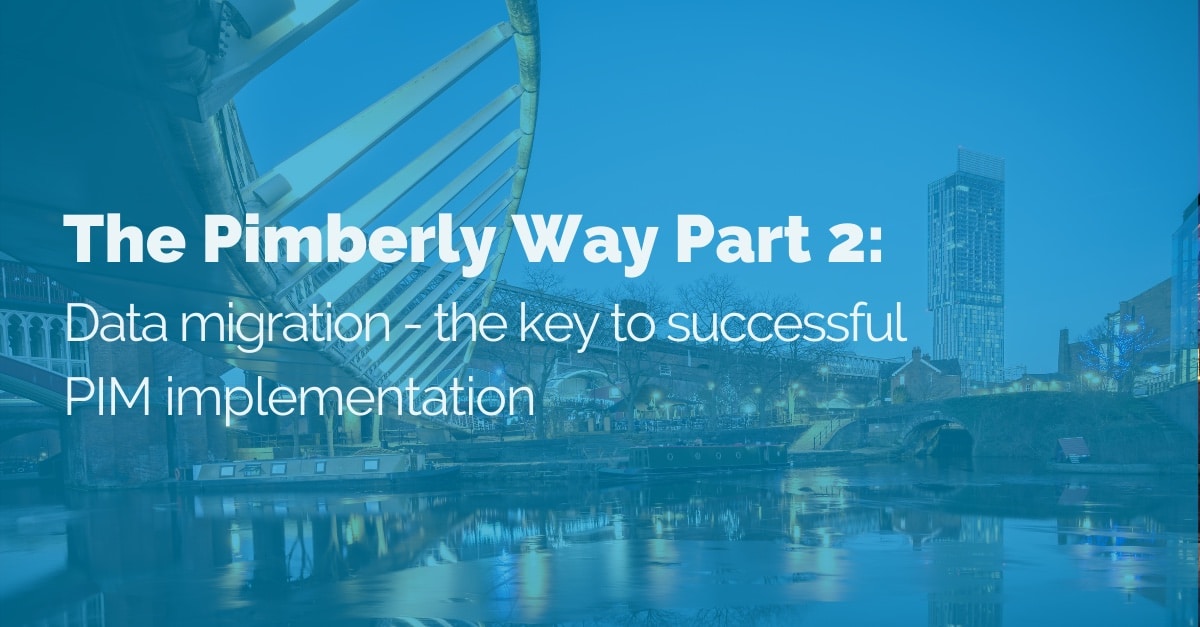
Pimberly’s approach is different, we take a small subset of your product catalogue and build a simple data model around the needs of that product range or type, which makes errors easier to spot and fixes easier to test. It also allows everyone to get familiar and confident with the system as the implementation rolls out, benefitting everyone in the long run.
The Big Bang Approach
Traditionally, many PIM systems’ approaches to data migration can be described as the big bang approach spending weeks or months planning a large and complex data model and then implementing it all at once during a short period of migration. If you could guarantee every element of the system would work perfectly, first time, this might work, but with tens of thousands of products, you’re bound to come up against issues.
With a big bang approach, it can be hard to spot errors in the data model, or even the data itself. This could lead to bigger problems further down the line, for example, whole products could be in the wrong category and not get noticed. An all-in-one migration means setting up a huge and complex system without a true understanding of how it’s going to deal with your data, and makes it harder to identify issues and more complex to fix them.
Be sure to read the Pimberly Way Part 1 to see what makes our approach different from other PIM providers.
We’re not afraid to acknowledge that sometimes, especially when taking on large projects, things go wrong. We know that you don’t want to spend six months building and three months implementing, just to end up with a system riddled with issues you then need to spend more time resolving. This is why we’ve taken a different approach.

Our Approach
Here at Pimberly, we take a layered approach to data migration, an approach that makes it easier to spot issues before they occur. Our experts have decades of experience in exactly what can go wrong during the migration process, so they knew exactly what they were up against when creating a system to navigate these pitfalls. By starting with a simple data model for a small product range, and testing it thoroughly with the relevant data, we can ensure you get the most from your PIM system and make your product data work for you.
Our gradual approach also allows you to get the most important people involved in the migration process those who handle the data on a daily basis. We understand that these are the best people to understand how the system needs to be set up in order to function for them. This process gives them confidence in the system, and in how they can get the most use out of it. By the time you’ve completed a migration in this way, you’ll likely have come up against any and all issues you’ll find with your new PIM. With this approach, users gain an understanding of the platform and their data requirements, so the next set of data can be migrated quicker and easier.
Pimberly allows different data models for different data sets, making the process completely customisable, depending on the needs of your business and your specific data. With Pimberly you can layer elements of your data over time, without the database constraints of a larger, more traditional system. Our experts can help you work out the optimal way to migrate your data, ensure fewer problems and produce real benefits for you more quickly.
Keen to learn more? Here’s a full overview of what Pimberly will help you achieve

